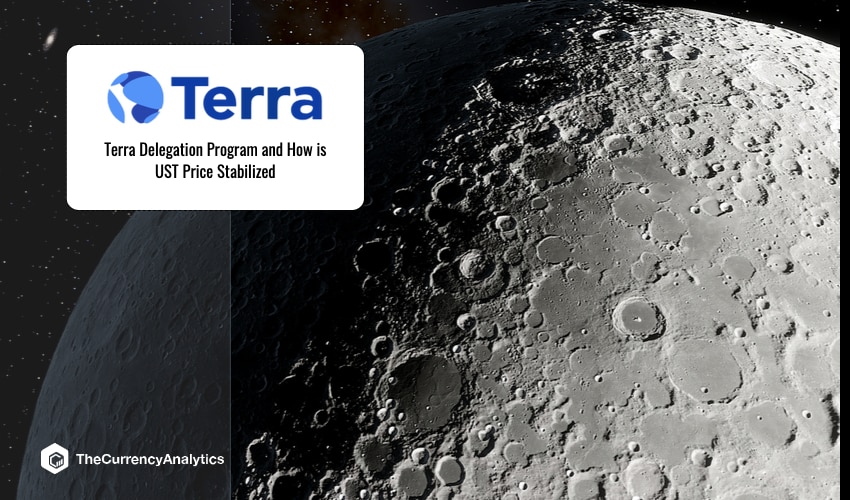
Jared Warn expressed: Following the announcement of the Terra Delegation Program (on Discord) to encourage decentralization of delegations across the validator network; we’re proud to announce that the first round of delegations has been distributed!
Snapshots were taken the first week of July to ensure compliance, and total funds were allocated evenly among applicants. Applicants that exceeded roughly 1.5m in delegations were excluded from this disbursement in the interest of decentralization.
Guidelines, publicized on Discord, include the following requirements: Run a testnet validator, Maintain threshold uptime (≥99%) Oracle votes (≤20% missed), Gov participation (≥90% in last 10 polls), Min. 3-month run-time, Sign up.
Disqualifiers: Breach of any of the above metrics. Moving commissions above 10% other behaviors which put you in poor standing with the community.
The final delegation amount for this round has been distributed. A feedback form will be circulated alongside applications for the upcoming round. Thank you to all who participated.
For those who are wondering about why is LUNA booming in the price? People realize that centralized stables can be shut down at a moment’s notice. USDT Can be frozen, USDC can be fully suspended BUSD Is fully centralized.
Guess what isn’t centralized and has tonnes of Dapps? UST
Larry clarified how UST price is stabilized: Let’s discuss exactly how UST price is stabilized so that FUDs can be better responded with. The best way to answer this is to figure out if UST dips to, say $0.9, where does value come from to bring it back to $1. UST is then backed by wherever that value comes from.
Let’s first look at USDC as a case study. If USDC dips to $0.9, an arbitrageur can theoretically: 1. buy 1 USDC from the market with $0.9 2. Burn it to retrieve 1 US dollar that is under custody by circlepay 3. pocket $0.1 profit.
Here we see the $0.1 value required to bring USDC back to peg comes from the dollars under Circle’s custody. Conclusion: USDC is backed by the dollars in Circle’s reserve.
If DAI drops to $0.9, minters at Maker DAO can 1. Buy 1 DAI from the market with $0.9 2. Pay back 1 DAI of debt 3. Free up to $1 worth of collateral ($0.1 profit). Therefore, DAI is backed by the collateral used to mint it.
For UST, the workflow is as follows: 1. arbitrageur buys 1 UST from the market with $0.9 2. Mint $1 worth of LUNA by burning 1 UST 3. Sell the Luna for $1 ($0.1 profit). We see the $0.1 value comes from the buyer of Luna in step 3.
Therefore: UST is backed by all the BUY orders for LUNA in the open market. If there is no BUY order for LUNA, the arbitraging workflow breaks, and nothing can stop UST from losing peg.
The question then comes to, why does anyone wants to buy LUNA at all? Because LUNA can be staked, which grants the staker a share of the revenues generated by transactions on the Terra blockchain. The BUY orders are backed by these revenues.
With this, we can finally arrive at our conclusion: UST is backed by user activities on the Terra Blockchain and cash flow generated by such.


Get the latest Crypto & Blockchain News in your inbox.